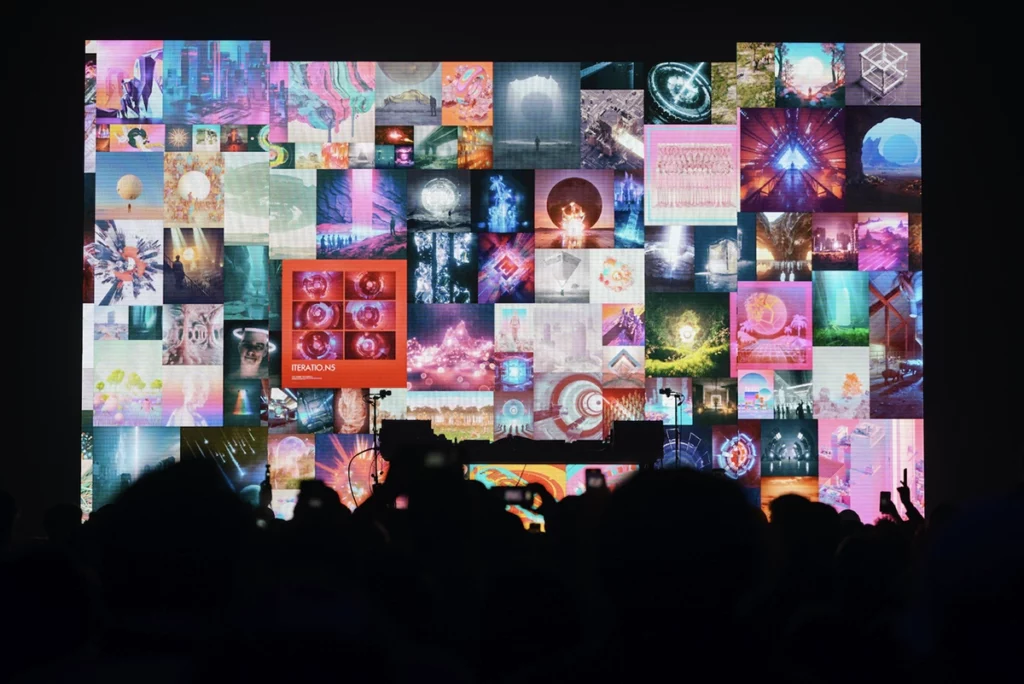Lighting plays a crucial part in motion projection because it sets the atmosphere and feel of the display. Different lighting techniques can elicit various feelings and responses from the audience. For instance, using soft, cozy lights can create a welcoming environment, while vivid, cool illumination may produce a more energetic or dramatic impact. By thoughtfully choosing illumination colors and intensities, artists can manipulate how viewers perceive the projected images, leading to a more engaging encounter. The equilibrium between mapping luminance and ambient light is essential, as it can significantly affect the visibility and effect of the images.
In addition to, hue and brightness, the angle of light also influences the efficacy of mapping. Illumination from different directions can generate contrast and accents that introduce dimension to the projected images. This technique, known as light and shadow, can enhance the three-dimensionality of the objects being mapped. Furthermore, using moving illumination can introduce dynamism to the exhibit, making the experience more engaging for the viewers. When the light interacts with the projected visuals, it can create an illusion of motion and change, grabbing the audience's focus.
Another important element of lighting in mapping in the use of unique features. Methods such as patterned illumination, which employs shapes and forms to project light, can introduce texture and intricacy to the mapping. This method enables artists to superimpose images and create visually captivating effects that enhance the projection. Additionally, adding laser lights or light-emitting diode illumination can additionally enhance the display, providing a distinct mix of visual elements that attract the viewers in. These special features, when used carefully, can transform the mapping into a simple show to an engaging piece of creativity.
In go right here summary, the influence of lighting methods on motion mapping is significant. By comprehending how various lighting components interact with projected images, artists can produce captivating experiences that find out this here resonate with viewers. The careful choosing of hue, brightness, angle, and special features enables for a vivid tapestry of visual storytelling. As technology continues to grow, the options for artistic showcasing in mapping will only expand, making lighting an ever-important component in this progressive creative medium.
